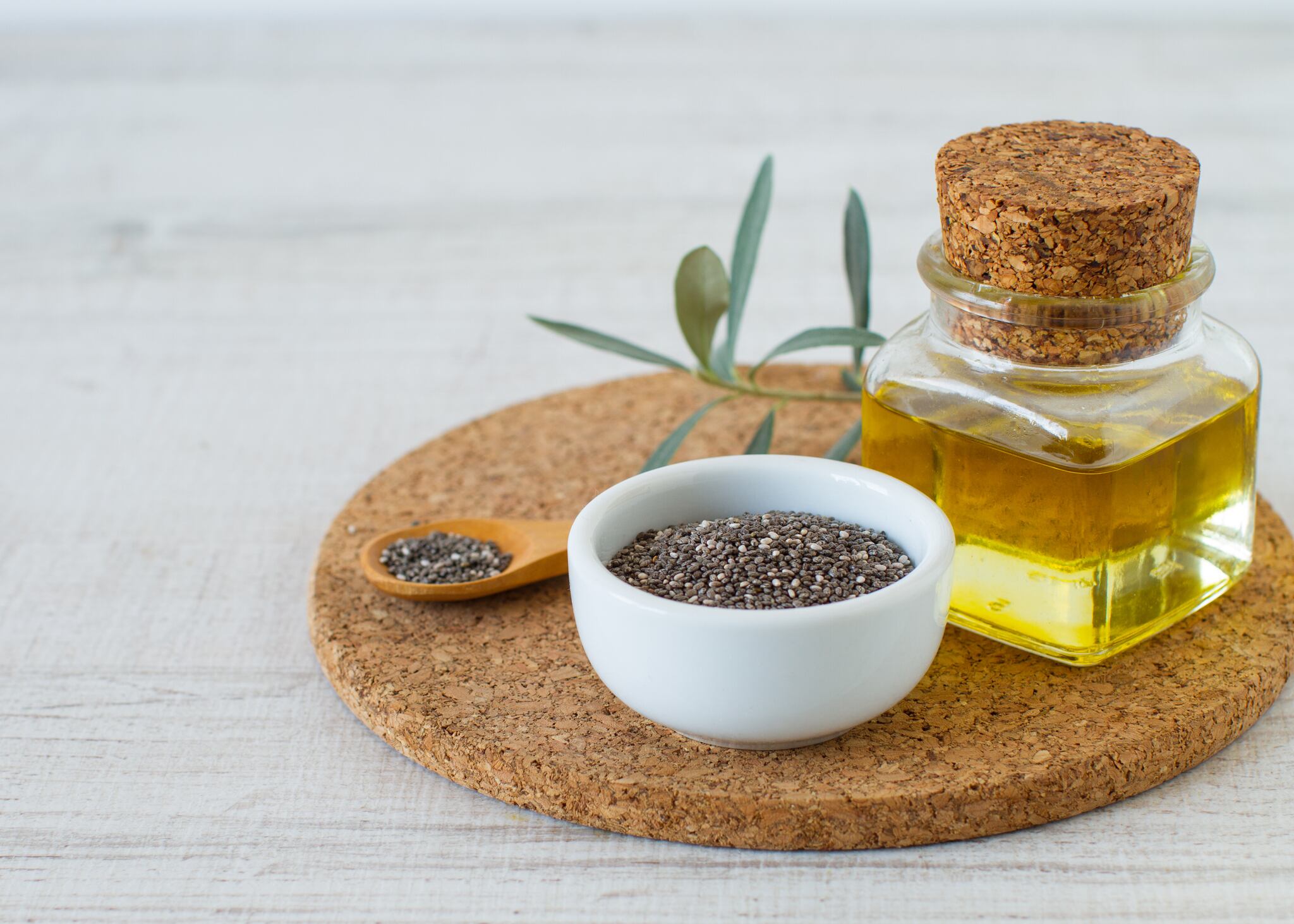“Over the past two years in particular, we have seen a high interest in the supplements and nutraceutical industry especially for plant-based alternatives for wellness and meal replacement products, higher quality proteins and high fiber powder blends and applications,” Sandra Gillot, CEO at Chilean chia supplier Benexia, told NutraIngredients-USA.
She indicated that chia ingredients are perfectly positioned to meet this growing trend towards plant-based proteins, fiber and omega-3s as consumers seek out better-for-you and better-for-the-planet products that provide balanced nutrition.
The chia story: from ancient empires to TikTok trend
In pre-Colombian times, chia (which translates to “strength” in Mayan) was revered as a magical seed, used to increase stamina and energy and to relieve joint and skin ailments. The Spanish conquistadors, however, banned chia cultivation in the 16th century in reaction to its use in native religious ritual, and it was not until the mid-2010s that chia reemerged as functional food, this time on the global market.
“The nutrient density of chia seeds is essentially unmatched when you look at the realm of superfoods,” Gillot said. “The fact that chia is plant-based, free of gluten, zero net carbs and high in quality protein has also made it popular among multiple dietary patterns, including vegan, low-carb/keto and gluten-free diets.”
Various studies have shown that chia seeds—as one of the richest sources of omega-3s, fiber, antioxidants, vitamins and minerals—may have positive effects on blood sugar, blood pressure, mood, weight loss, digestion, cholesterol, energy and performance, along with its general anti-inflammatory properties. A recent review of in vitro trials published in the Chilean Nutrition Journal underlined chia’s potential role in regulating lipid metabolism, glycemic control and oxidative stress for the prevention and treatment of chronic disease.
Chia seeds went viral on TikTok last summer as key ingredient in an “internal shower” drink mix and quick fiber fix for constipation and bloating. In January, they topped the New York Times “9 Nutrition Tips for the New Year” list as superpowered seeds packed with fiber and antioxidants that “continue to earn their hype”.
Reinvigorating the market
According to Future Market Insights, the pandemic negatively affected chia seed sales but subsequently boosted interest in sustainably grown and health-promoting superfoods in its wake.
“The production of chia seeds is limited to a few geographies, and the lockdown restrictions affected trade and import, dampening demand in the market over 2020,” the market intelligence firm noted. “Demand for chia seeds is expected to grow at a 6.80% CAGR from 2021 to 2031 in comparison with a CAGR of 5.50% registered between 2016 and 2020.”
Speaking with NutraIngredients-USA in 2020, Gillot acknowledged that production issues and competition from other ingredients had dented the demand for chia. Formerly a purveyor of bulk chia seeds grown in South America, Benexia responded to the stagnation with the launch of its clean label line of chia-based packaged food (chia milk, pasta and cooking oil) under the Seeds of Wellness brand, in addition to its protein, fiber and omega-3 oil and powder formats for nutraceutical applications.
While the focus is on the growing variety of chia products including cooking oils, fat-based spreads, salad dressings, baked goods and snack foods, featured additions to the nutraceutical portfolio include the Benexia ALA Powder, a microencapsulated oil containing 25% alpha-linolenic acid (ALA) and the Benexia Xia Powder-125 LM designed for use in protein drinks or shakes.
“Unlike many plant-based protein options, chia protein is a complete protein,” Gillot said. “It contains all essential amino acids, including significant levels of glutamine and branched chain amino acids such as leucine, valine and isoleucine. With high digestibility and bioavailability, it’s an ideal plant-based alternative to conventional protein options such as whey and egg.”
Haleigh Resetar, corporate communications specialist at retail insights firm SPINS, says that although the data suggests that chia seeds usage has declined in some areas, it is still prevalent in categories such as protein supplements and meal replacements.
“Under the health focus attribute, chia seed is most often used for cleanse and detox products and digestive health products,” she added. “While consumers might not be seeking out chia seed supplements specifically as much in previous years, their usage in other products continues to remain steady.”
Dr. Wayne Coates, the agricultural engineer who co-wrote the books that raised awareness of chia as superfood in the 2000s and one of the first to commercialize chia seeds through his Arizona Chia company (now shuttered), remains high on chia.
“I believe consumption has remained constant once the levels increased and people became aware of it and its benefits,” he told NutraIngredients-USA. “Just look at Amazon and see all the manufacturers that are selling chia as a seed or in its milled form.”


